With nearly 3.2 million annual visitors, Indiana Dunes National Park was the ninth most visited National Park in 2021. It is marked by towering sand dunes overlooking the shore of Lake Michigan, beautiful beaches, and a very diverse ecosystem.
This national park might be the fifth smallest by landmass, but it is also the fifth most biodiverse park in the country. And that’s just a small sampling of why RVing in Indiana Dunes National Park is a very sought-after experience.
Why Visit Indiana Dunes National Park in an RV?
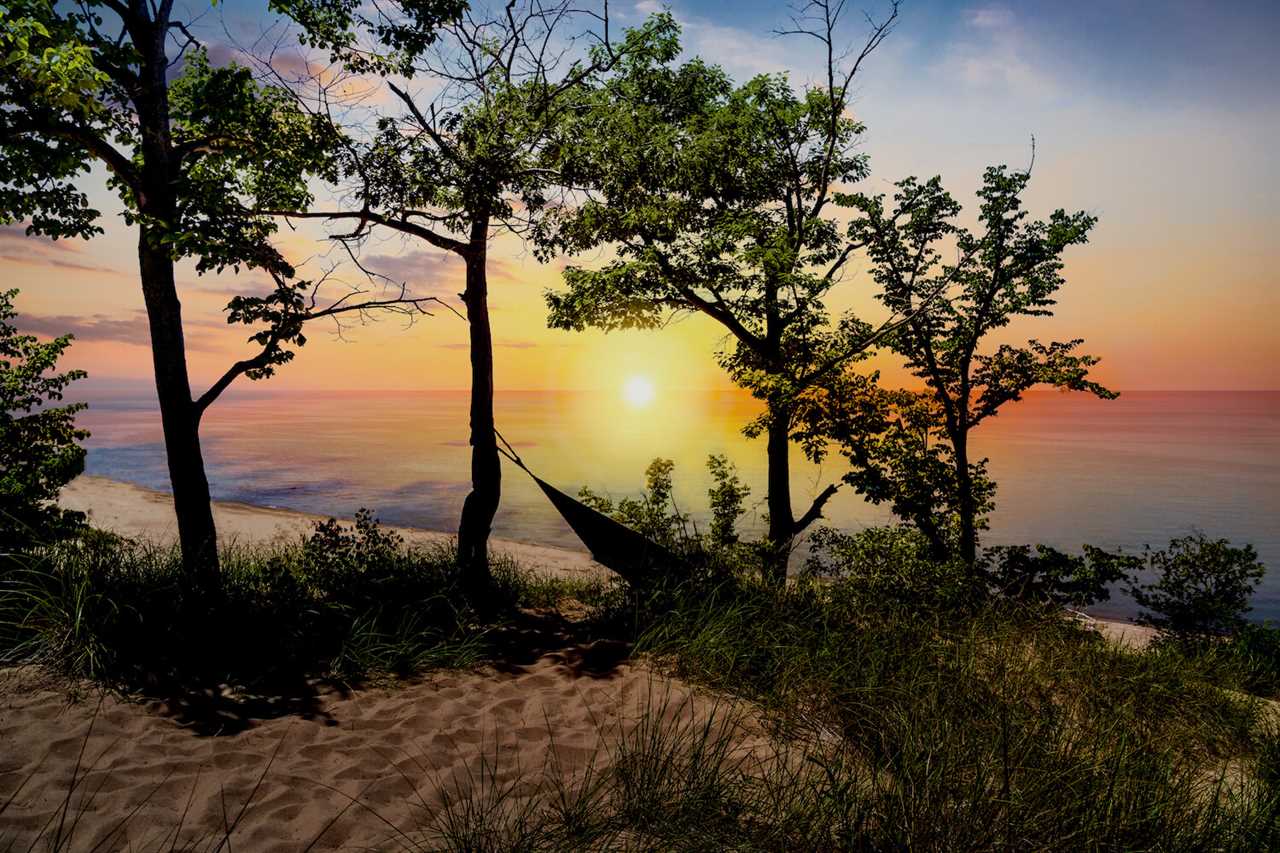
Photo by Sarah Quintans via Shutterstock
The midwest isn’t known for beautiful sandy beaches, but come summer, Indiana Dunes National Park has many incredible spots for freshwater swimming. Within the 15 miles of picturesque shoreline, nine designated beaches are absolutely perfect for cooling off.
If you are interested in the biodiversity of Indiana Dunes National Park, you’ll be thrilled to know that 1,960 different species call this park home — including rare and endangered species. Of the rare plant life, you’ll see Black Oak Savannas, carnivorous plants like the American Pitcher, and 43 different types of orchids that call this area home.
Indiana Dunes National Park’s 15,000 acres of land is actually split in half by Indiana Dunes State Park. The state park has another 2,182 acres and three more miles of Lake Michigan coastline to explore with similar features as the national park. Whether you only go to Indiana Dunes National Park or you visit both parks, there will be plenty to see and do in the area.
The best way to get a real feel for the Indiana Dunes area is to immerse yourself in it. And with Indiana Dunes National Park and Indiana Dunes State Park each having campgrounds, you’ll get your chance to have an up-close-and-personal experience with the Indiana Dunes.
When to Visit Indiana Dunes National Park
Open year-round, Indiana Dunes National Park offers something different during each season. With the bird migration, Lake Michigan winds, and a true four seasons, this National Park is worth exploring during summer, fall, winter, and spring.
Indiana Dunes National Park in the Spring
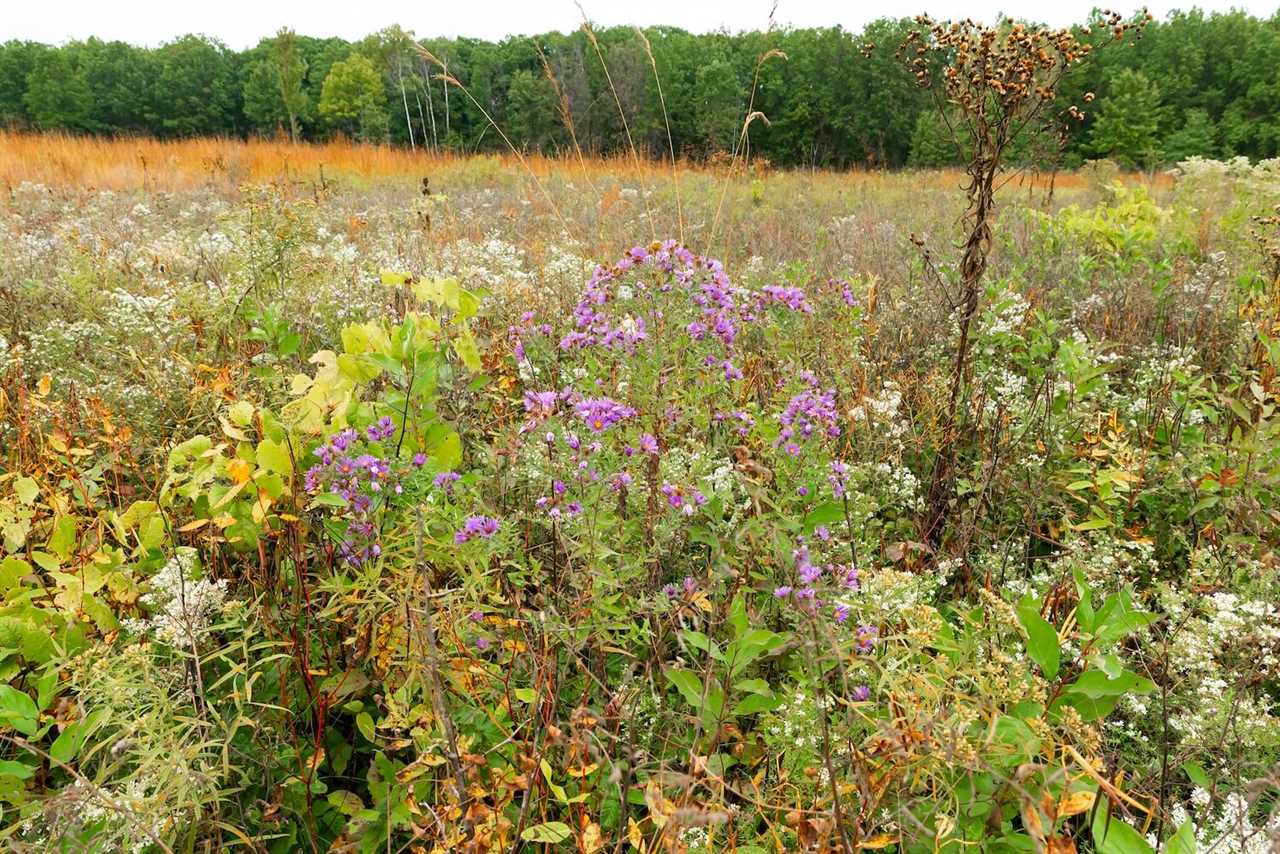
Photo by Eddie J Rodriguez via Shutterstock
Spring is a great time for your visit to Indiana Dunes National Park. As the weather breaks and the colors start popping out of the sand, things begin to come alive. Walking through the park, visitors will notice wildflowers everywhere.
One of the great trails to see rare flowers and plants coming back to life is the Heron Rookery Trail. Flowers begin popping out of the ground in mid-March, but you could walk this same trail a few months later and not even recognize it due to the change in vegetation.
As the days warm up, the humming of bees will surround the area too. Don’t be alarmed by this. Instead, step back and watch as these bees gather the sweetest nectar in the region. With such diverse plant life in the area, bees love this national park.
This time of year is also one of the more popular times for photographers. It is less busy than summer and offers the opportunity to see rare flowers and plant life stand tall before being encroached on by larger, more invasive plants.
Indiana Dunes National Park in the Summer
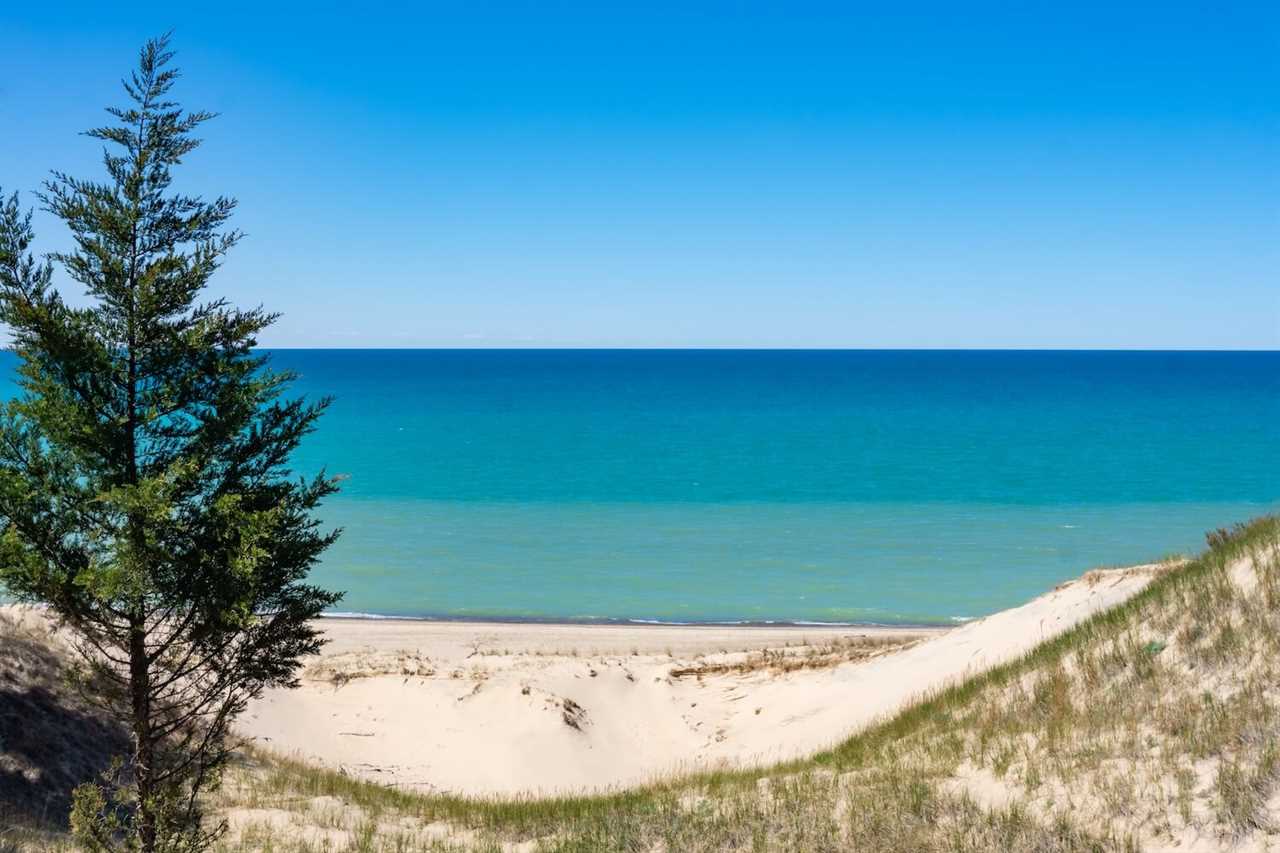
Photo by PhotosbyLarissaB via Shutterstock
Summer is the most popular time to visit the park. With the warmer air temperatures, people will flock to the park’s beautiful beaches. To beat the crowds in the summer, you’ll want to get there before 10:00 AM or wait until after 3:00 PM.
By arriving before or after this window, finding parking and more space on the beach shouldn’t be as big of an issue. There is so much to do here in the summer that keeps visitors returning yearly.
Indiana Dunes National Park in the Fall
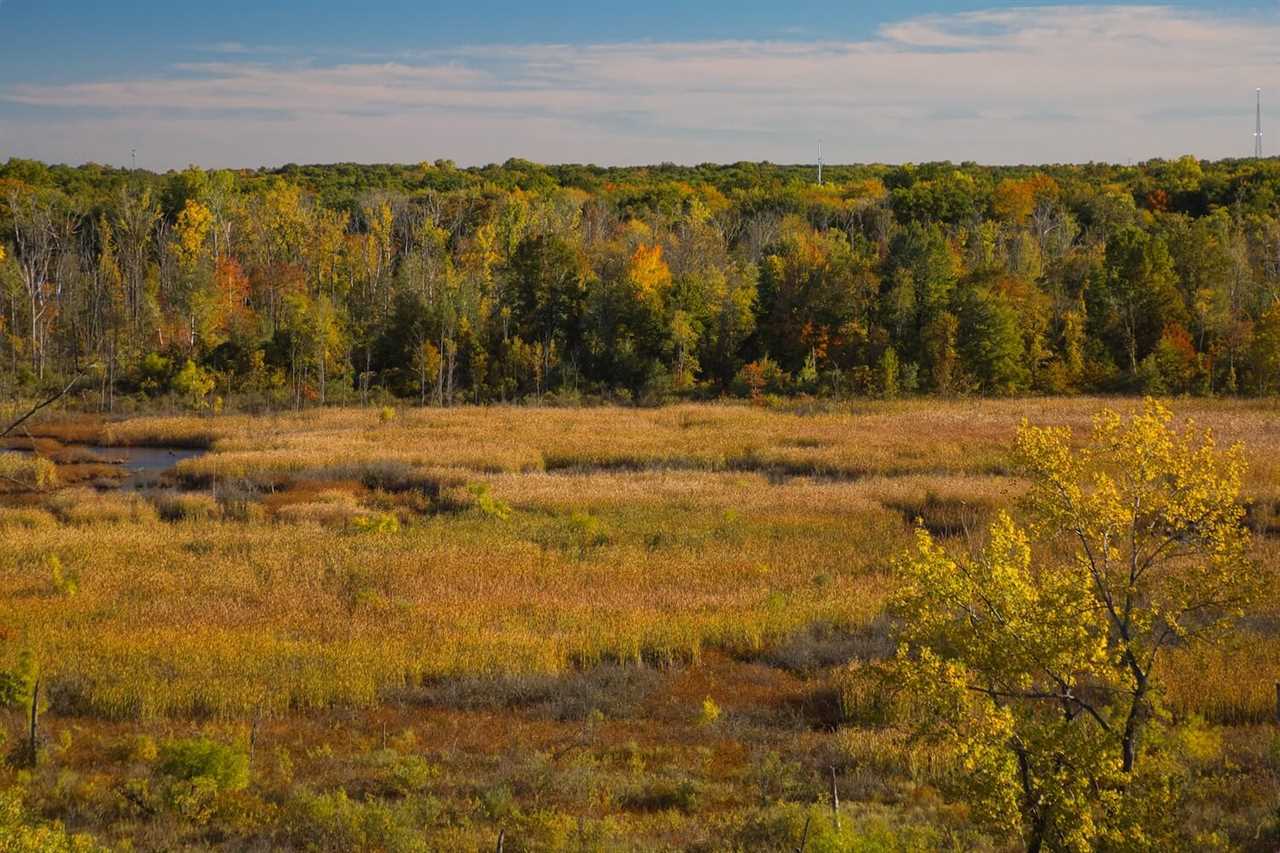
Photo by Wirestock Creators via Shutterstock
A nice sweet spot for your visit to Indiana Dunes National Park is from August 20th until mid-September. This time period is when kids go back to school, but the water is still warm enough for swimming, sandcastles, and other water activities.
With warm days to explore the park, cooler evenings for comforting campfires, and overnight temps that make visitors want to bundle up, it is the perfect camping season.
The Cowles Bog Trail is probably the best trail to experience fall inside Indiana Dunes National Park. This trail is often enjoyed as an all-day event with a mid-way picnic on the beach. With the warm sun, cooler breezes, and shade, it is a good idea to take layers for this exploration.
Indiana Dunes National Park in the Winter
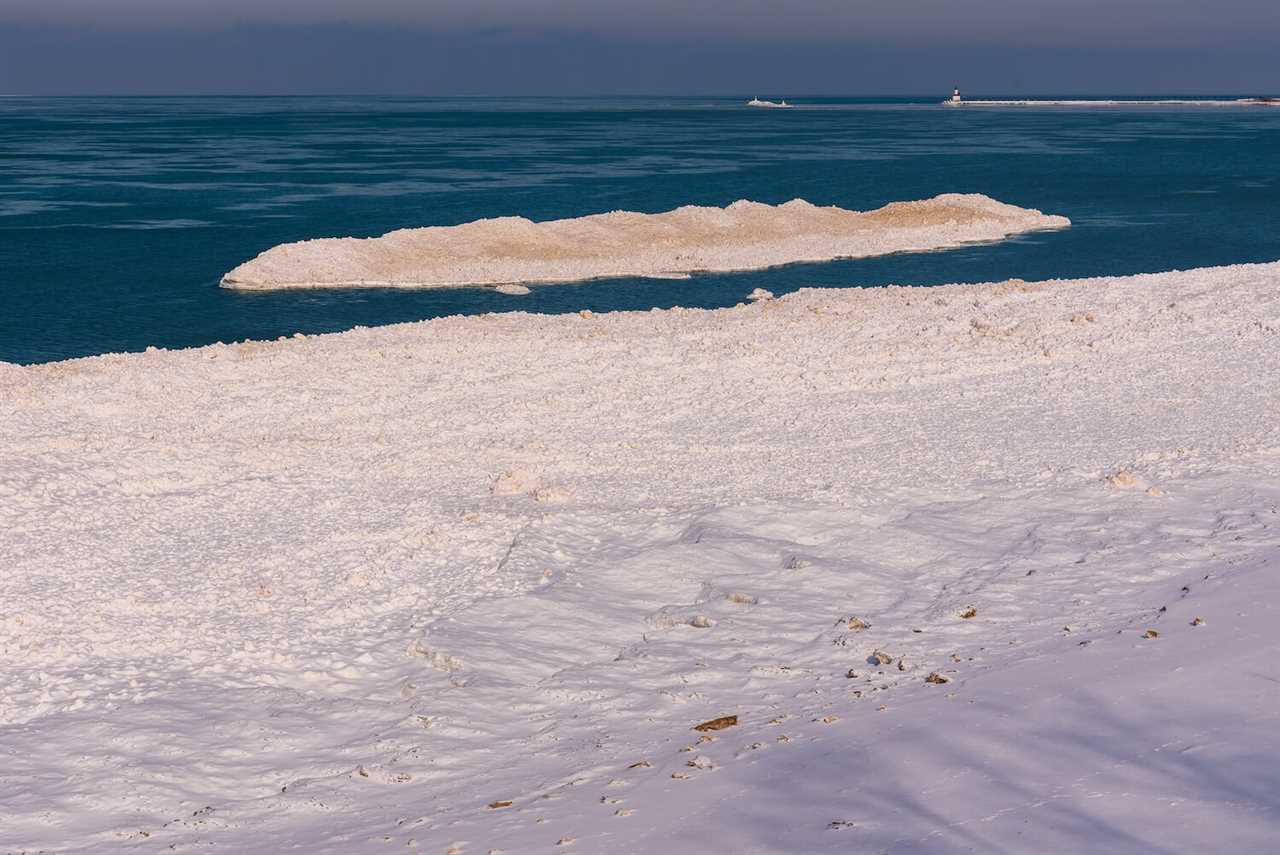
Photo by Wirestock Creators via Shutterstock
For those of you willing to endure the cold temperatures and high winds coming off of Lake Michigan, you’ll be rewarded. In the winter, Indiana Dunes National Park puts on a real show for its visitors – receiving more than 40 inches of snow annually.
Shelf ice is also known to form along the southern coast of Lake Michigan, giving visitors a glimpse of what the Arctic Ocean looks like on its shorelines. These ice shelves will form as ice cold waters crash against ice chunks, forming collections of ice — with air pockets beneath — that mimic the ice formations of the arctic.
These natural formations are temporary and incredibly inviting. But they are also extremely dangerous to walk on. Due to the air pockets beneath, they aren’t stable and are very inconsistent in their thickness. It is best for visitors to stand on the shore and simply take in what nature has created.
Where to Stay
There are plenty of campsites to choose from inside the park and nearby. With plenty of spectacular private campgrounds, state campgrounds, and even a campground inside the national park, RVers of all kinds will surely find one to suit their family’s needs.
Inside Indiana Dunes National Park
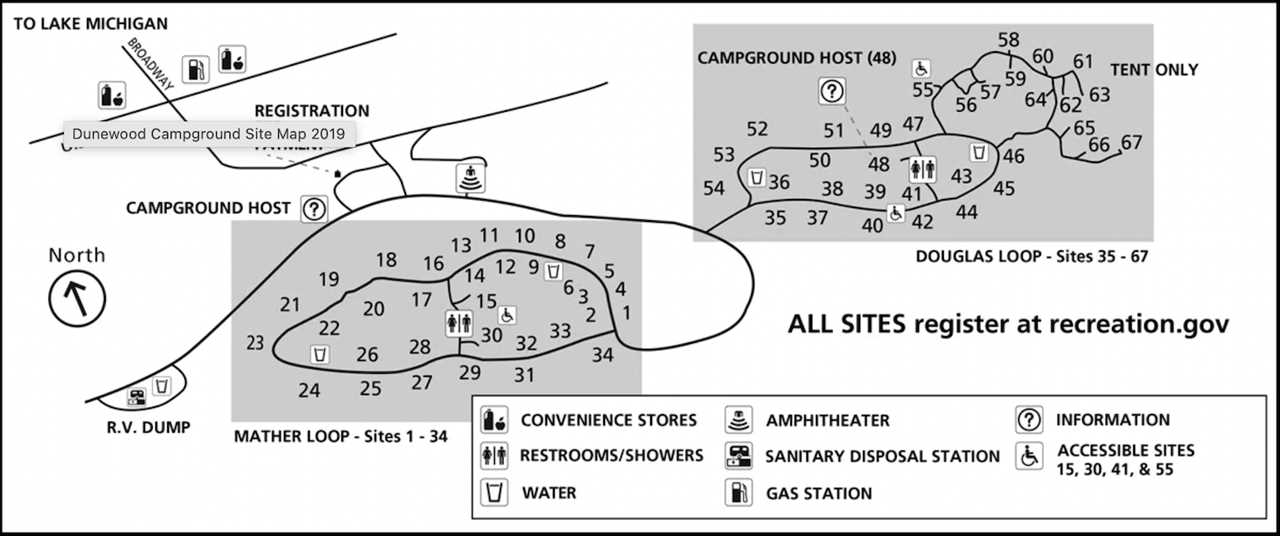
Photo by NPS
For national park lovers, Dunewood Campground is operated by Indiana Dunes National Park and is open from early April until early November. It has 67 campsites, with 54 of them being RV-friendly.
Typically, RVs over 30 feet won’t be able to stay inside national parks, but that isn’t true here. There are some sites with parking areas as long as 65 feet in length. Making this national park accessible for everything from compact class B RVs to the largest of fifth wheels.
Just know that Dunewood doesn’t offer water, electricity, or sewer hookups at the sites. You’ll have to use one of the two dump stations and potable water stations inside the park instead. The good news is that it has great tree coverage, clean bathhouses, and easy accessibility to the park’s many attractions.
Inside Indiana Dunes State Park

Photo by Indiana Dunes State Park
This is another great place for RVers to stay for close proximity to both the Indiana Dunes State Park and the Indiana Dunes National Park. Whether you have a travel trailer or a Class A RV, there are spaces for you with water and electric hookups onsite.
There are 140 sites inside the Indiana Dunes State Park campground. Many of the campsites have a maximum length of 55 feet, and there is some overflow parking. Like Dunewood Campground, there is a limit of 14 consecutive nights for campers.
Indiana Dunes State Park is located less than a mile from the beach, within walking distance to the South Shore Rail Station, and has easy access to popular hiking trails. If you want to visit the area in the winter months, this is a great option because it is open year-round.
Staying Outside the Park
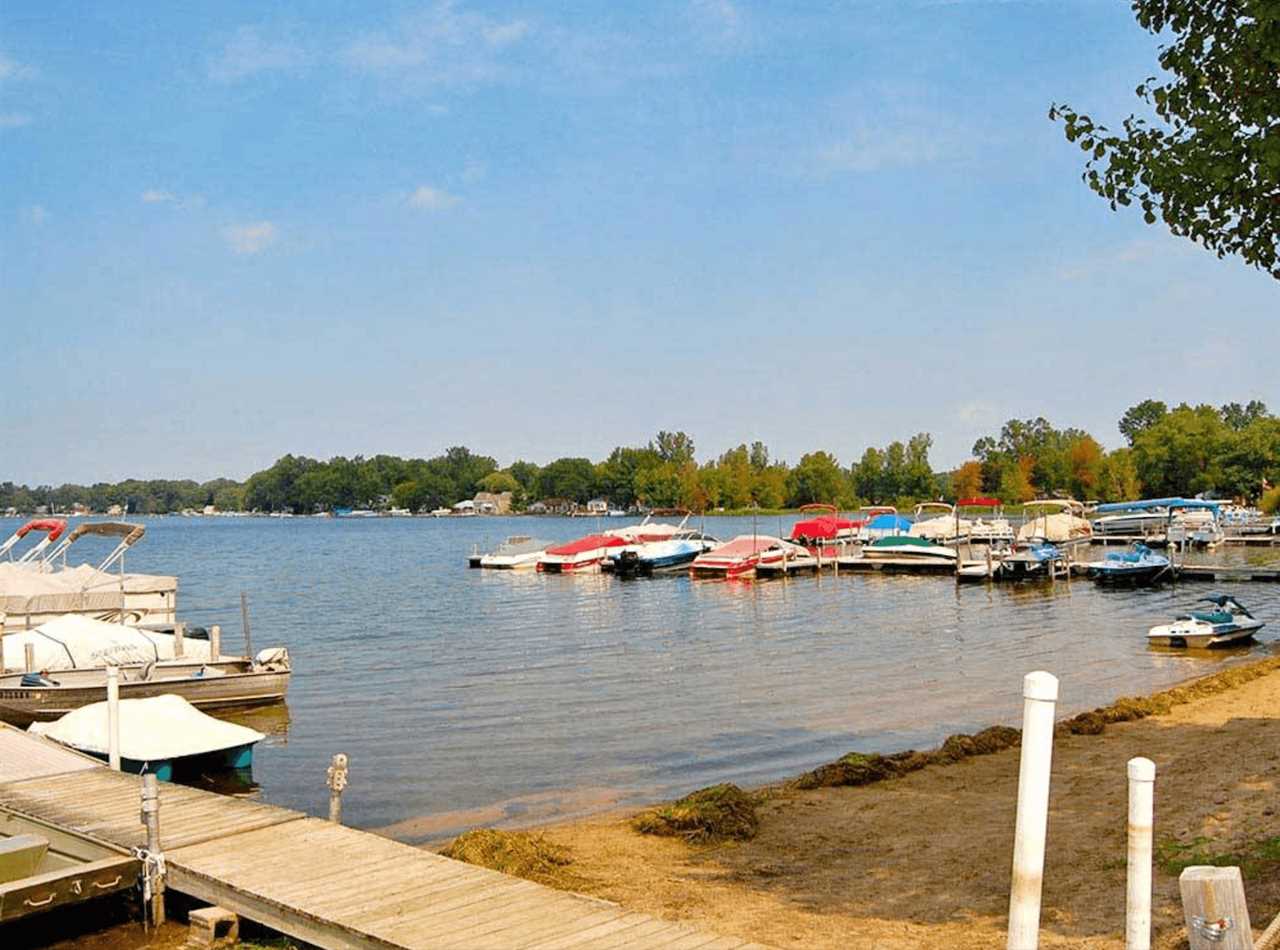
Lakeside RV Resort Photo by Good Sam
If you can’t find a spot for camping in Indiana Dunes National Park or the nearby state park, check out these great campgrounds nearby:
- Michigan City Campground: Located about 15 minutes from the visitor center. The park boasts 145 campsites — 85 with full hookups — and amenities that include Wi-Fi, laundry facilities, a heated swimming pool, and even a game room.
- Sand Creek Campground: Located about 15 minutes from the visitor center. The RV park is open from April 15 through October 15 and has over 100 campsites – 43 of which have electricity and water hookups – and restrooms and shower houses for those of you traveling in camper vans without bathroom facilities.
- Woodland Village RV Park: Located just 12 minutes from the visitor center. The Park is one of the cheaper, year-round campgrounds in the area, boasting 90 RV sites with a max length of 80 feet and amenities that include a laundry facility and a self-service RV wash.
- Lakeside RV Resort: Located about 35 minutes east of the visitor center. This seasonal RV resort sits on the shore of Hudson Lake and has 91 campsites, laundry facilities, a pool, boat ramps, and everything else you’d want from a luxury RV resort.
Invest in a Good Sam Membership and save 10% on nightly stays at Good Sam Campgrounds plus save on fuel costs at select gas stations.
Tips for Your Camping Stay

Photo by Jon Lauriat via Shutterstock
- Book your site at Dunewood Campground or Indiana Dunes State Park about six months out, as they are popular RV destinations due to their large campsites and proximity to the park.
- There is a 14-night stay limit inside every 30-day period for campers.
- Decide if you want to be closer to the national park or the state park.
- Don’t worry about cell reception. There is plenty of service because of the nearby towns.
- Indiana Dunes National Park is dog-friendly except for the swim areas with lifeguards, but ensure your campground is dog-friendly before booking if you’re bringing a pup.
- Check the maximum RV length allowed at a campground before you book.
- Check to see if they provide full hookups at each campsite, and plan accordingly.
How to Get Around Indiana Dunes National Park

Photo by MaxyM via Shutterstock
The best way to get around Indiana Dunes National Park is by car, bicycle, or walking. However, the South Shore Railroad does have four stations throughout the park where it stops. And these locations are all within two miles of numerous facilities you’d want to access.
Biking is also a great way to get around Indiana Dunes and the surrounding area. Most cycling trails are relatively flat and paved, but e-bikes are a great choice for hilly trails or bike paths in the area.
Places to Go
Indiana Dunes is unique because it features a collection of natural and man-made attractions. Here are some of the best places to visit in the park.
Indiana Dunes Visitor Center
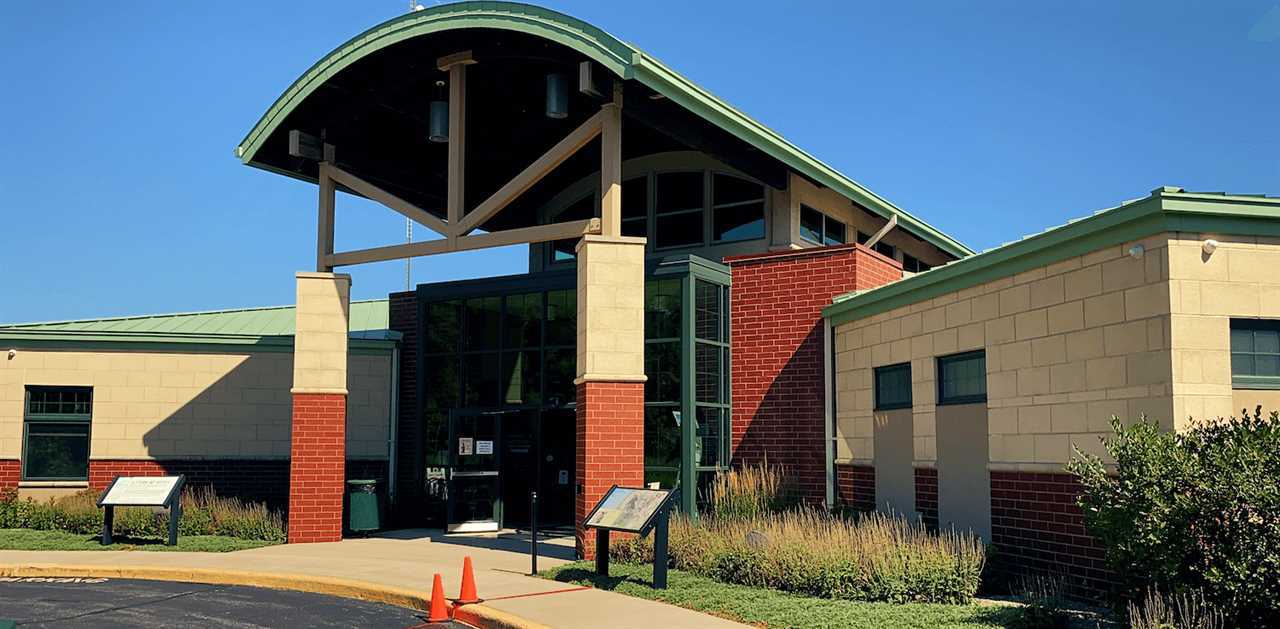
Photo by NPS
It’s always the go-to first stop to gather essential information about current conditions and weather alerts that may impact your time in the park. The visitor center offers plenty of RV parking and features artist exhibits, informational displays, and orientation videos to enjoy before you venture further into the park.
Mount Baldy Beach and Summit
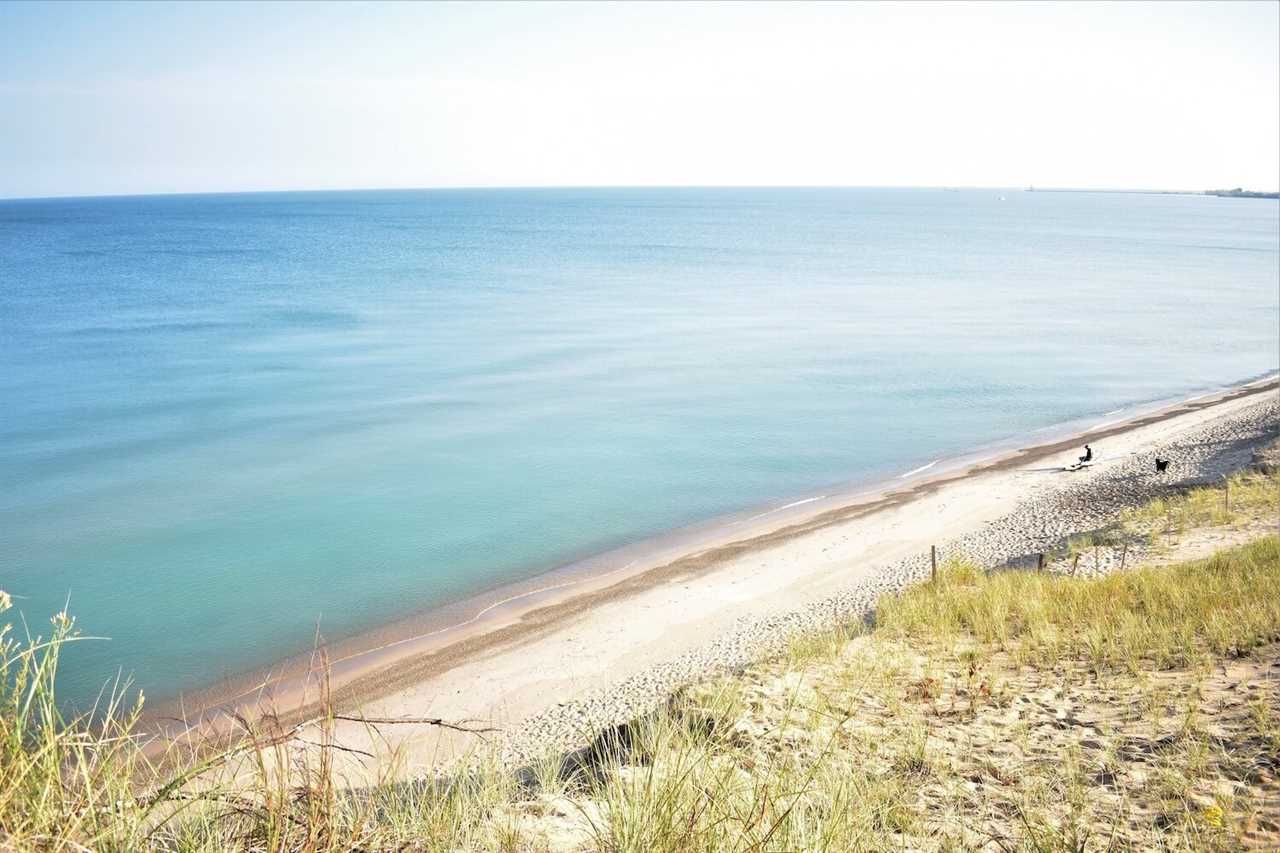
Photo by Anna Westman via Shutterstock
Mount Baldy is a living sand dune that moves about four feet yearly. The beaches on the northwestern side of the dune are open year-round, and year-round restrooms and potable water are available nearby.
The summit and most of the living dune itself are closed to the public due to safety and environmental protection concerns. However, there are occasional ranger-guided hikes to the summit if you want to see the view from the top during your visit.
Great Marsh
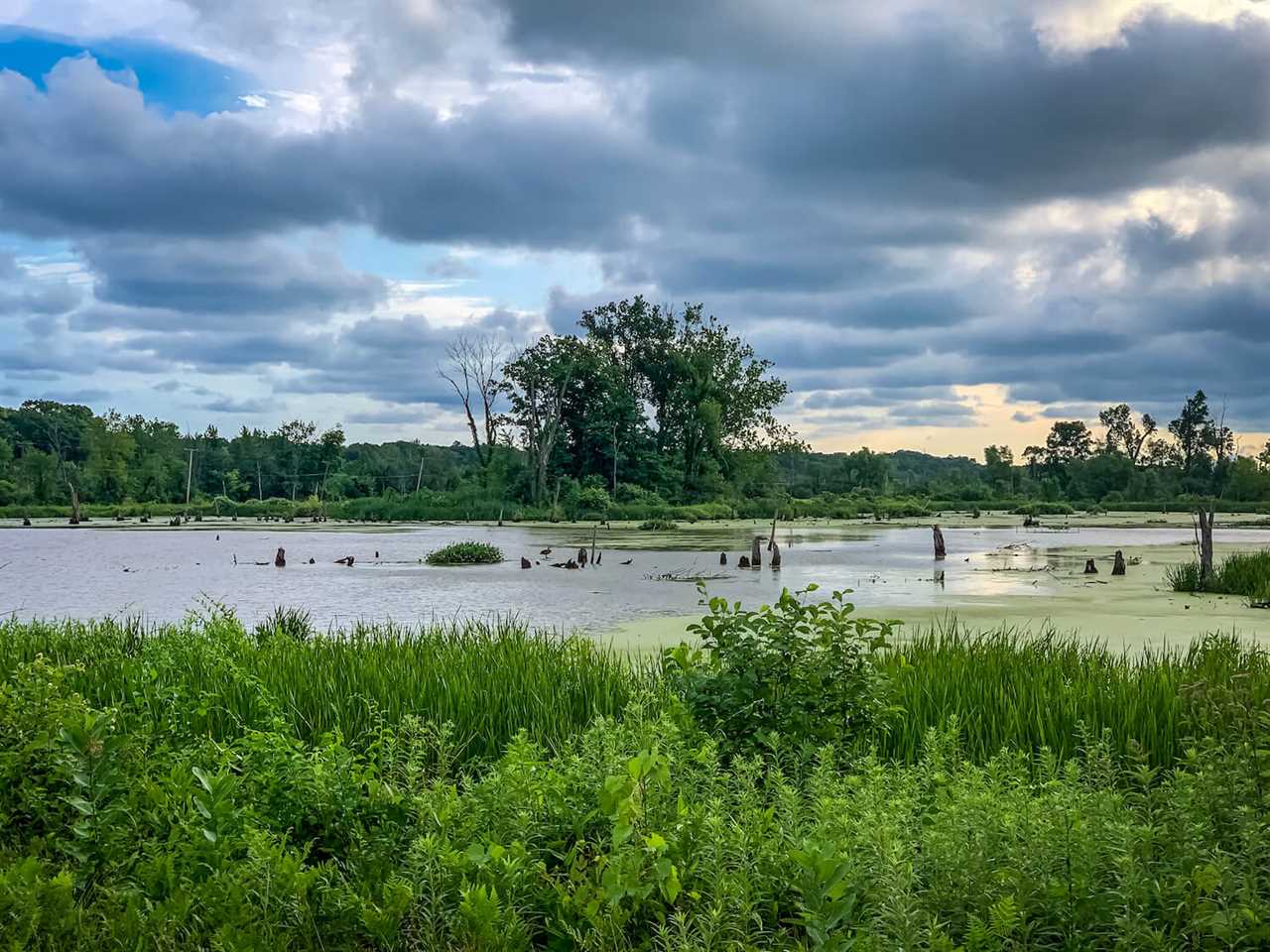
Photo by drewthehobbit via Shutterstock
Great Marsh offers one of the best birding hikes in the park. It’s the largest wetland complex in Lake Michigan’s entire watershed and is home to various bird species, including Kingfishers, coots, mallards, tree swallows, and green herons.
The hike through the marsh is about 1.3 miles in length, and passes are required for entry. The main trail isn’t wheelchair accessible, but an overlook is accessible by a wheelchair from the north parking lot.
Glenwood Dunes
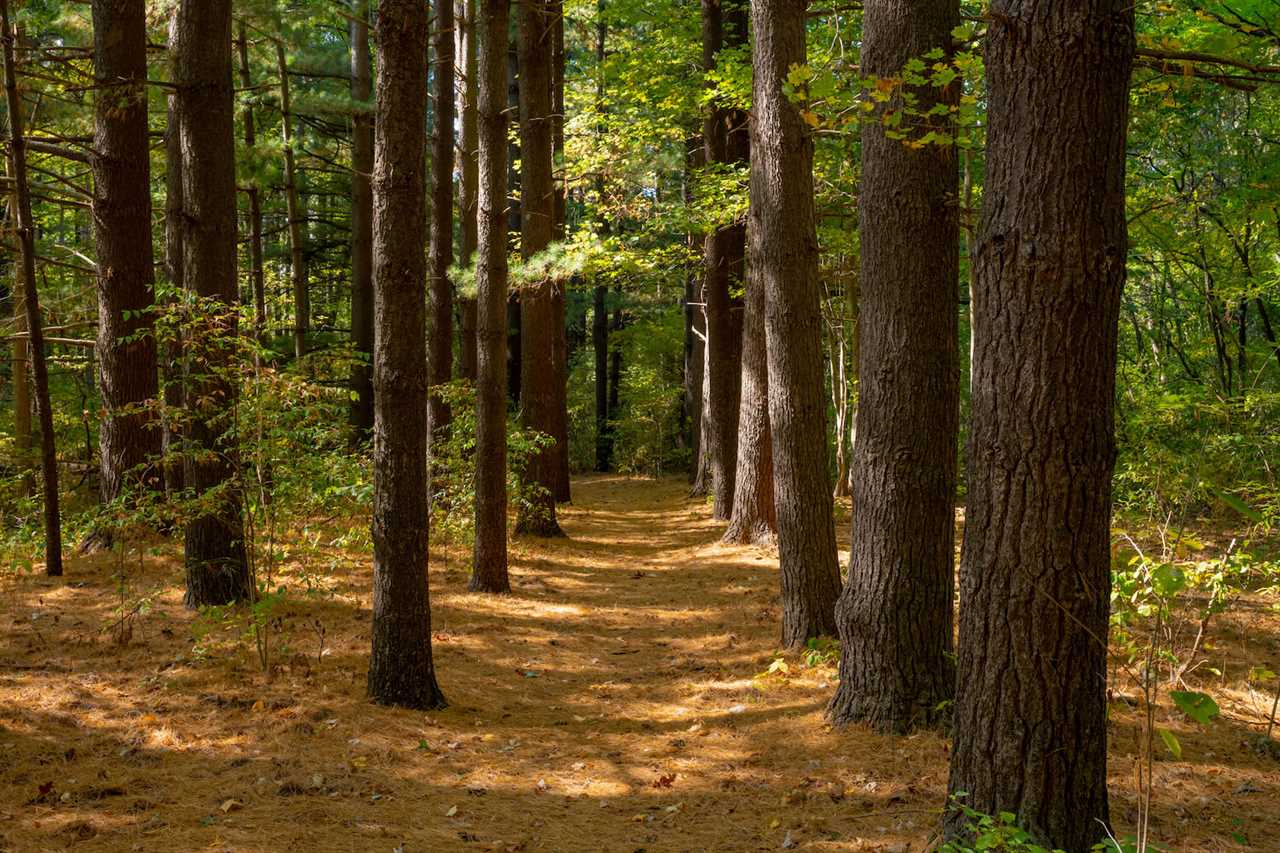
Photo by Kelly vanDellen via Shutterstock
Glenwood Dunes offers one of its most extensive collections of interconnected multi-use trails. Roughly 15 miles of trails weave through the dunes, making them perfect for hiking, running, horseback riding, and cross-country skiing in the winter.
Just make sure you pick up a trail map before venturing out, as 13 trail junctions can make it easy to get turned around. If you’re staying at Dunewood Campground, the 4.4-mile Dunewood Trace Campground Trail connects to the Glenwood Dunes trail system.
Gabis Arboretum

Photo by RukiMedia via Shutterstock
Located at Purdue Northwest, you’ll find this living laboratory for education, research, conservation, and engagement. While it’s technically not inside the park boundary, this wonderful collection of restored prairie, wetlands, display gardens, and woodland hiking trails is worth a visit while you’re in the area.
Michigan City
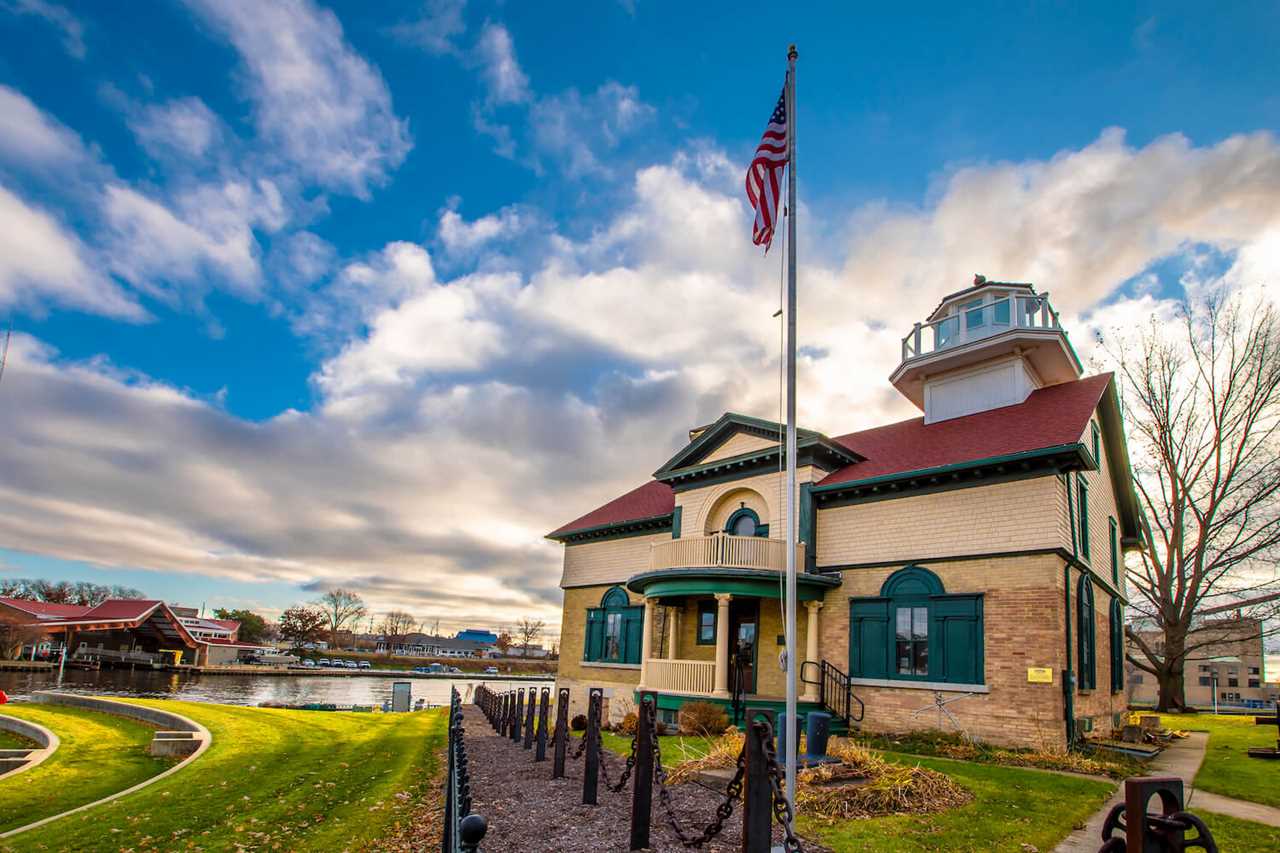
Photo by Nejdet Duzen via Shutterstock
A great lakefront town that dates back to 1830. When you’re ready to leave your campsite and venture into town, it’s the perfect spot to find restaurants, wineries, breweries, a historic lighthouse, and even a zoo.
Things To Do in Indiana Dunes National Park
There is plenty to do in the Indiana Dunes National Park and Indiana Dunes State Park, but here are some things to put on your list for your next visit to the area.
Hiking
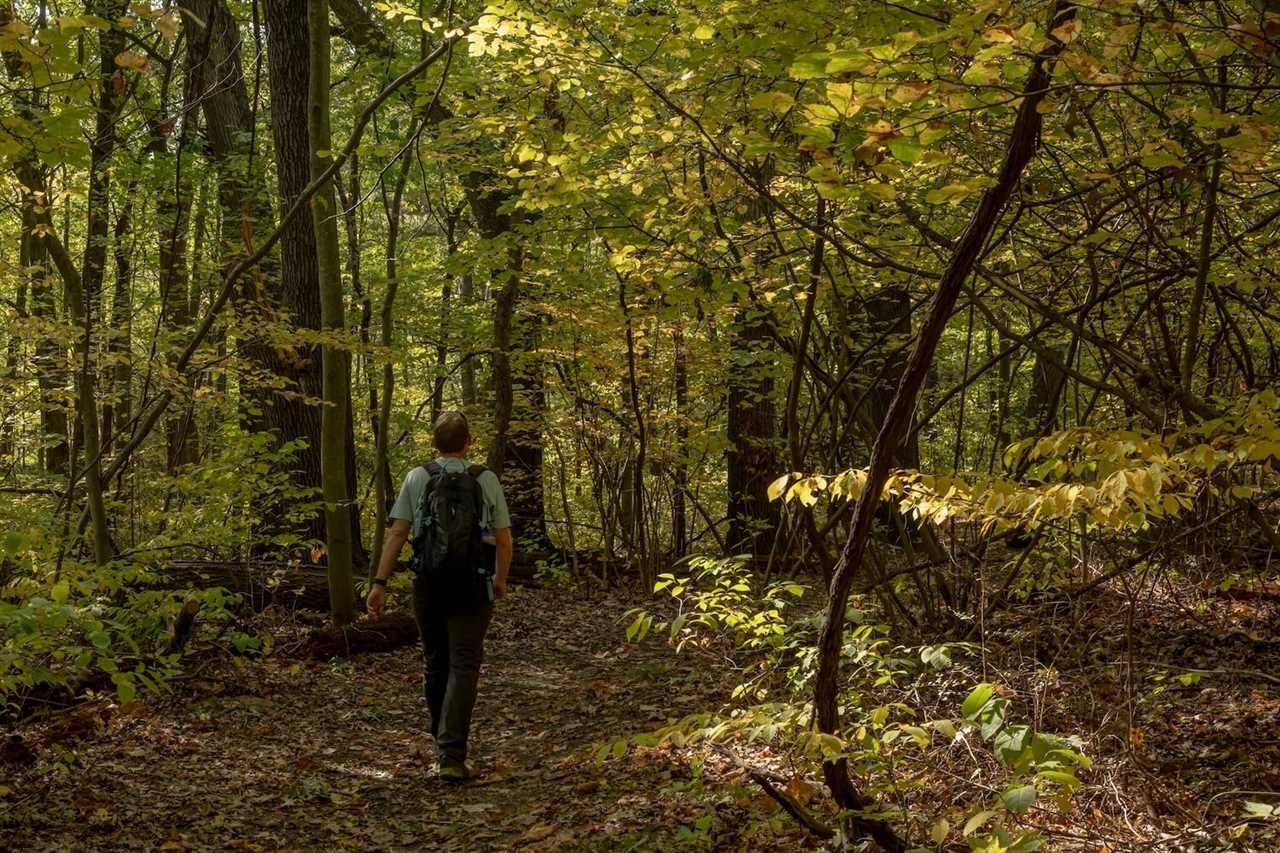
Photo by Kelly vanDellen via Shutterstock
More than 50 miles of hiking trails meander through Indiana Dunes. Here are a few of the best options:
- The 3-Dune Challenge: A 1.5-mile trail with 552 feet in elevation gain. The elevation isn’t towering, but doing it with sand under your feet can make it a real challenge. The trail starts at the Nature Center inside Indiana Dunes State Park.
- Westbeach Trail: This half-boardwalk, half-hiking trail features 250 stairs, but at the top, you’ll be rewarded with some of the park’s best views — including views of the Chicago skyline.
- Cowles Bog Trail: This 4.7-mile trail features varying wetlands, steep sand dunes, and past the rare Black Oak Savannas.
- Heron Rookery Trail: This 3.2-mile out-and-back trail meanders through the dunes along the banks of the Little Calumet River and gives you a good feel for the park.
Relaxing on the Beach
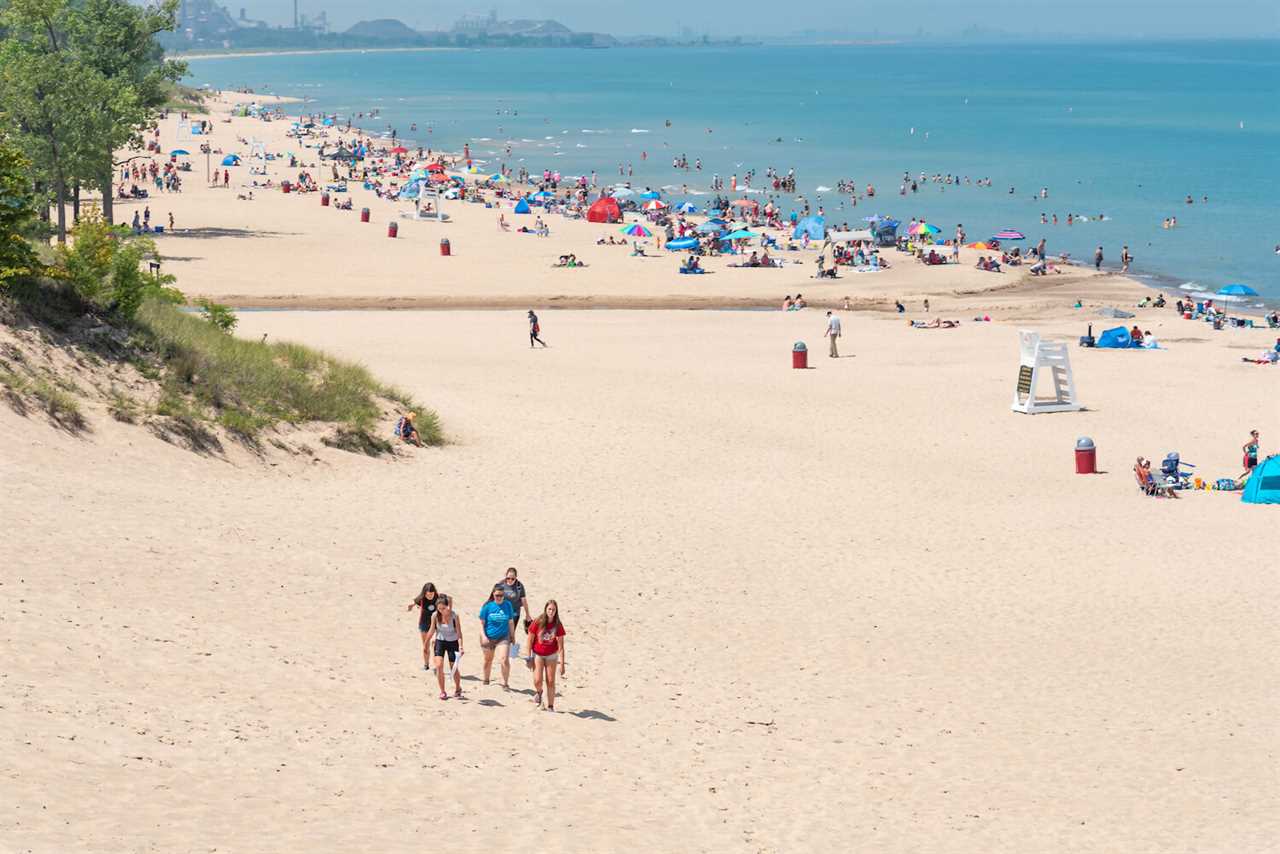
Photo by HPK Images via Shutterstock
Because people swarm the area for relaxation at the beach, you probably wonder which beach is the best. Of the nine beaches inside Indiana Dunes National Park, West Beach is probably your best bet to find a little space for yourself. You’ll find this beach access just north of Dunes Highway — US Highway 12 — on County Line Road.
West Beach has over 600 parking spots, showers, restrooms, shaded picnic areas, food concessions, and lifeguards on duty during the summer months. That makes this beach a great option for you and your family to gather and even build some sand castles together.
Birdwatching

Photo by Jon Lauriat via Shutterstock
Spring brings thousands of migratory birds back to the park. More than 350 different bird species make seasonal homes in the area, and most return in early spring. You’ll find birds flocking to the warm sands and flying over the wetlands in search of bugs, worms, and warmth. Sitting atop the dunes, you will be delighted to see these amazing creatures in action.
But the autumn months bring another gathering of birds to the region. Thousands of species of birds will stop over in the park before heading south for the winter. It’s almost like a family reunion where birds gather and get reacquainted before taking off for another season apart.
The Indiana Dunes Outdoor Adventure Festival
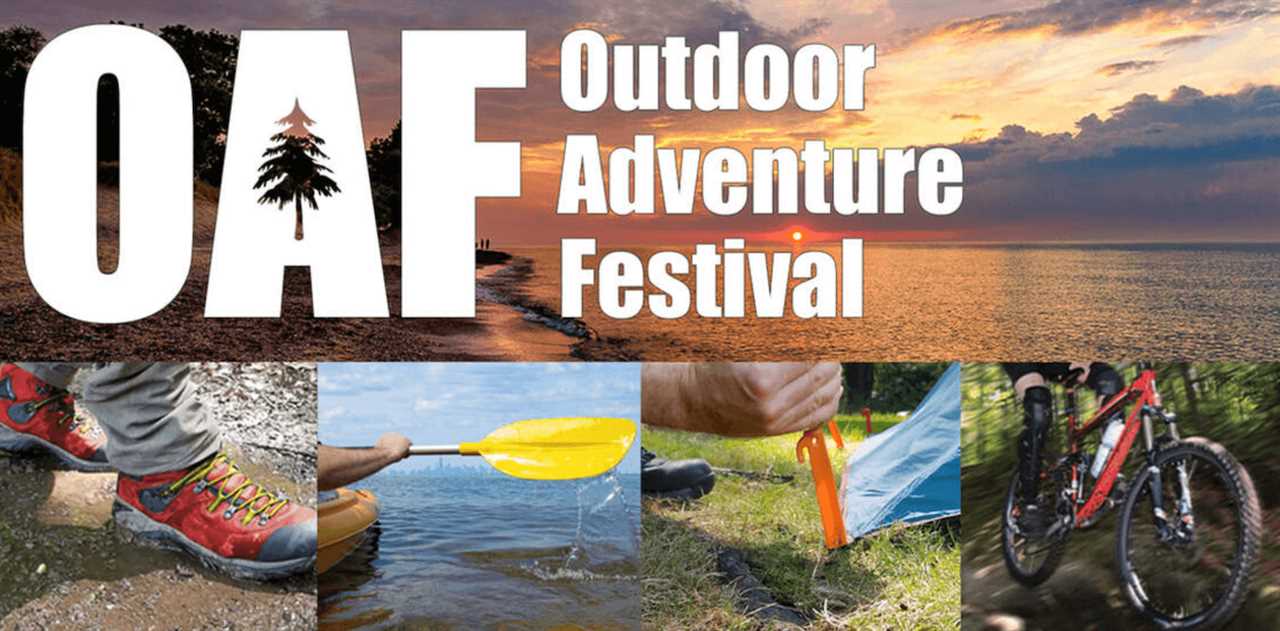
Photo by Dunes Outdoor Festival
Taking place from September 9th through September 11th, this gathering offers park visitors the ability to choose from more than 50 events in a single weekend. From hiking and paddling to geocaching and birdwatching, there’s fun to be had for everyone.
The festival’s heart occurs on Saturday and Sunday afternoons at Chellberg Farm, where you and your family can make your own applesauce or apple butter, help feed the farm animals, and learn how farmers lived in this area dating back to the early 1900s.
Winter Activities
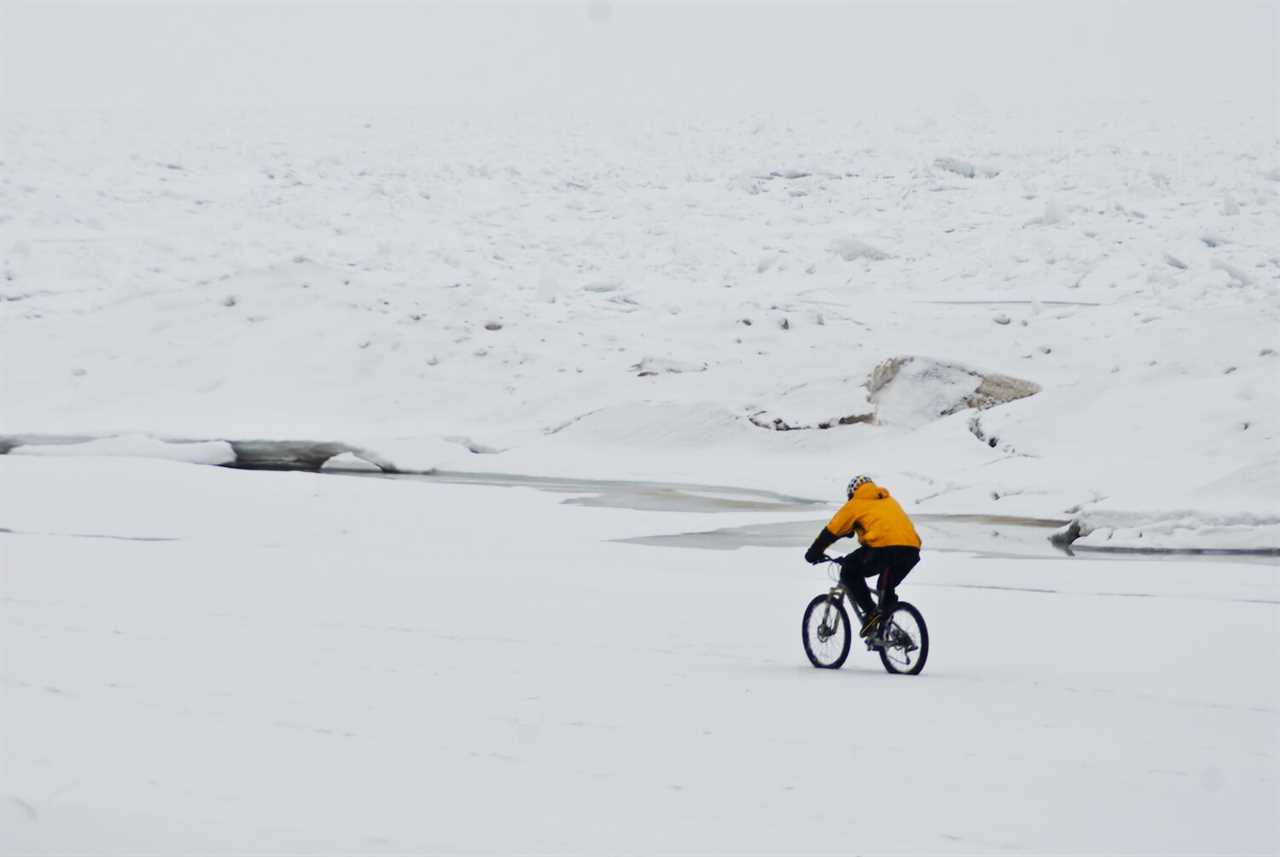
Photo by Hank Erdmann via Shutterstock
Snowshoeing, cross-country skiing, and sledding are popular winter activities in the park in Indiana Dunes National Park. At the Paul H. Douglas Center, visitors can rent snowshoes and cross-country skis — free of charge — for use on the Paul H. Douglas trail. If guests want to bring their own skis or snowshoes, there are over 20 miles of interconnected trails to experience.
Finally, what would a winter trip to the sand dunes be without some sledding? Inside Indiana Dunes National Park, there is one area designated as the sled riding hill for visitors. This hill can be found near the West Beach picnic area by the West Beach Trail trailhead.
What to Bring and How to Prepare
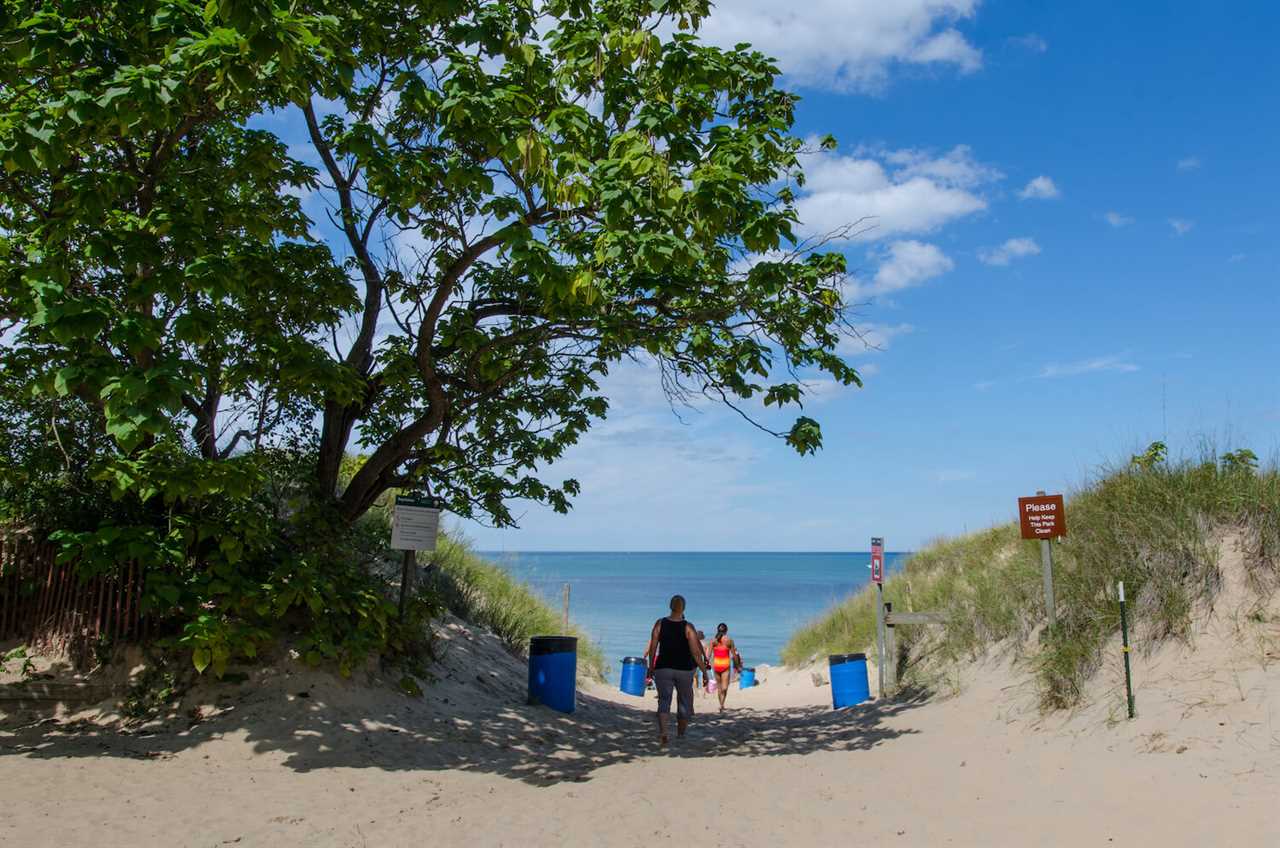
Photo by Vasyl S via Shutterstock
- Keep the sand out of your RV using patio mats or rinsing off in your outdoor shower before you re-enter.
- Buy and wear sand socks or hiking sandals on the dunes, as they can get very hot during the summer.
- Get a sand-free camping mat to make your beach days a little cleaner.
- Don’t underestimate the summer sun and wear sunscreen.
- Bring bug spray—where there are wetlands, there will be bugs.
- Bring your hammock to string up on the beach with lakefront views.
Brief History of Indiana Dunes National Park
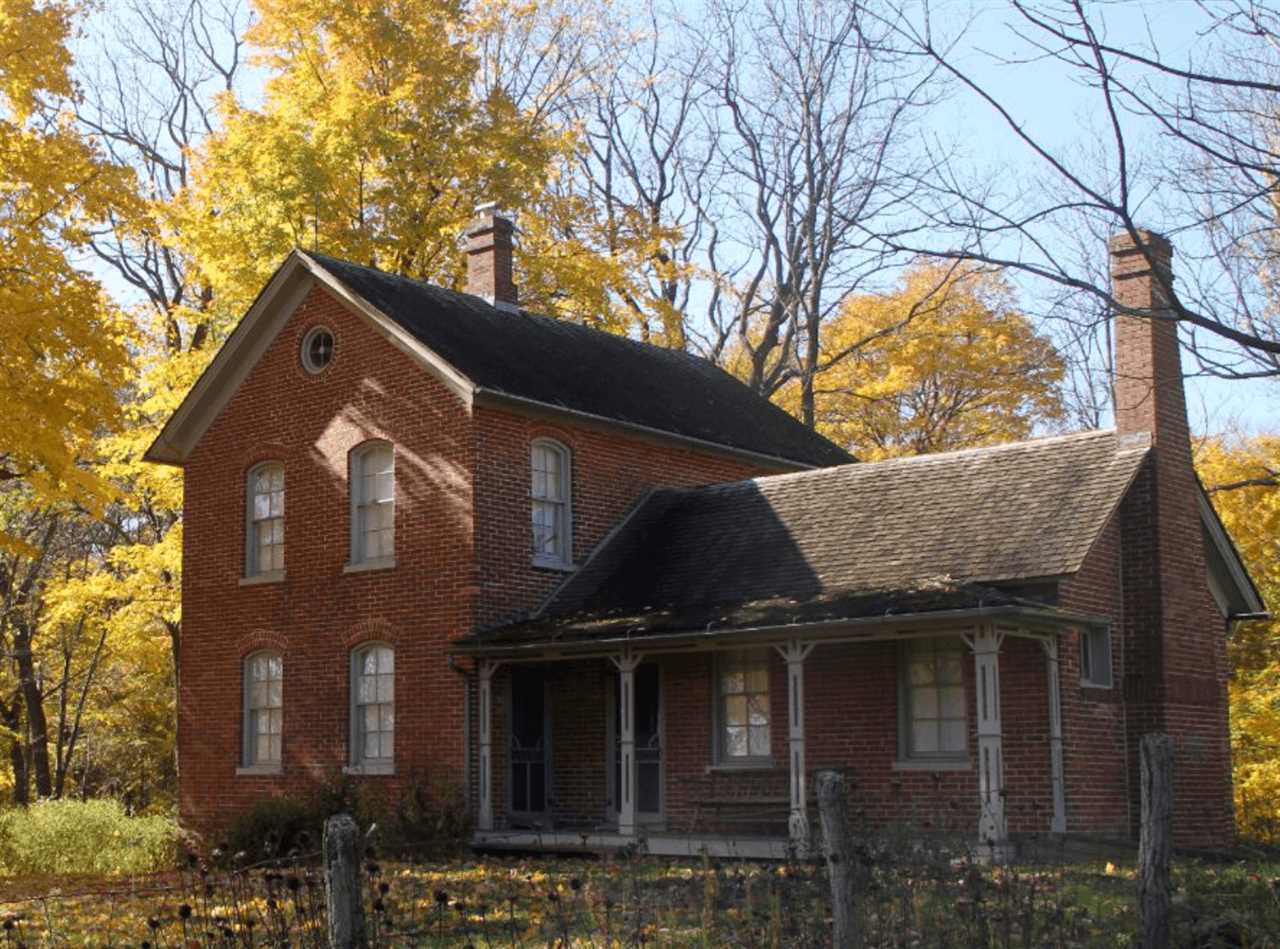
Photo by NPS
Beginning more than 10,000 years ago, glaciation formed much of the landscape in this region, but it wasn’t until much later that it rose to importance. In fact, the Indiana Dunes became the “birthplace of ecology” in 1899 when Henry C. Cowles did his field studies in the region for his paper on plant succession. It was this paper that later gave this region a platform for becoming the 61st National Park in the United States.
For over 100 years, people in the region have been telling the world of the importance of this area from an environmental perspective. But it wasn’t until 1966 that it got national recognition and became known as Indiana Dunes National Lakeshore and the National Park Service took over management.
Plan your next trip to the national parks in an RV. Rent an RV, trade in your RV, or buy a new or used RV and start traveling for less than $5 a day.
Have you ever visited Indiana Dunes National Park? Share your tips and advice in the comments below!
By: Kyle Arnold
Title: Camping World’s Guide to RVing Indiana Dunes National Park
Sourced From: blog.campingworld.com/the-rv-life/where-to-go/camping-worlds-guide-to-rving-indiana-dunes-national-park/
Published Date: Mon, 10 Oct 2022 18:00:09 +0000
---------------------------------------------
 CampingSurvivalistHuntingFishingExploringHikingPrivacy PolicyTerms And Conditions
CampingSurvivalistHuntingFishingExploringHikingPrivacy PolicyTerms And Conditions
